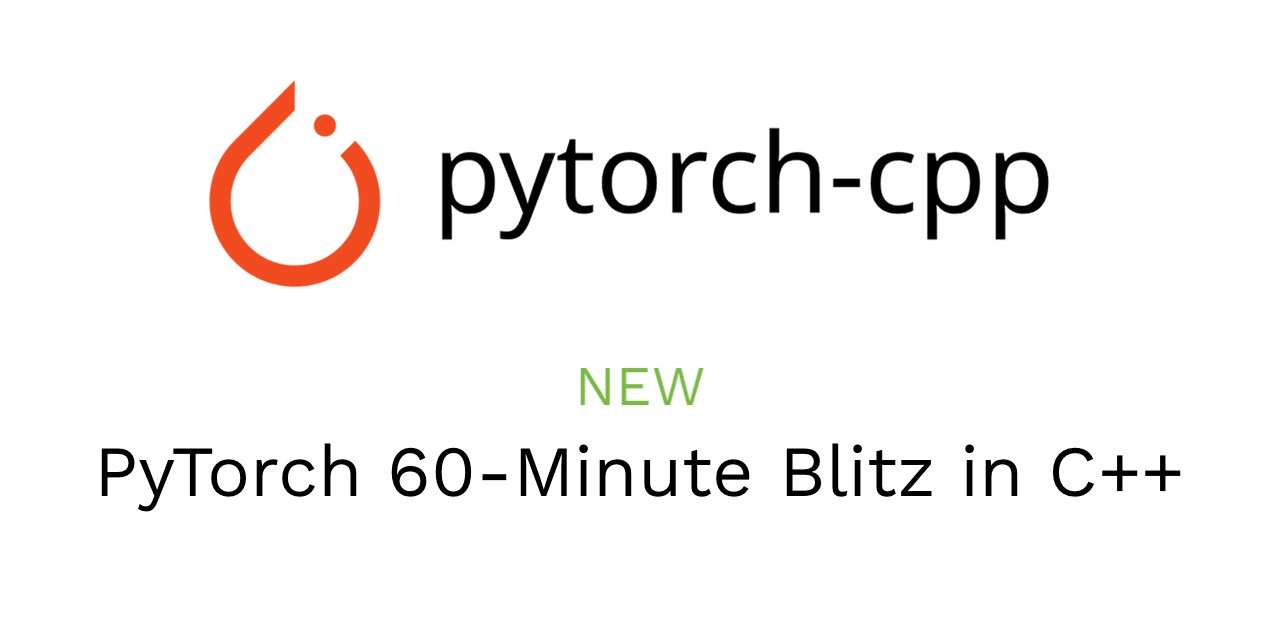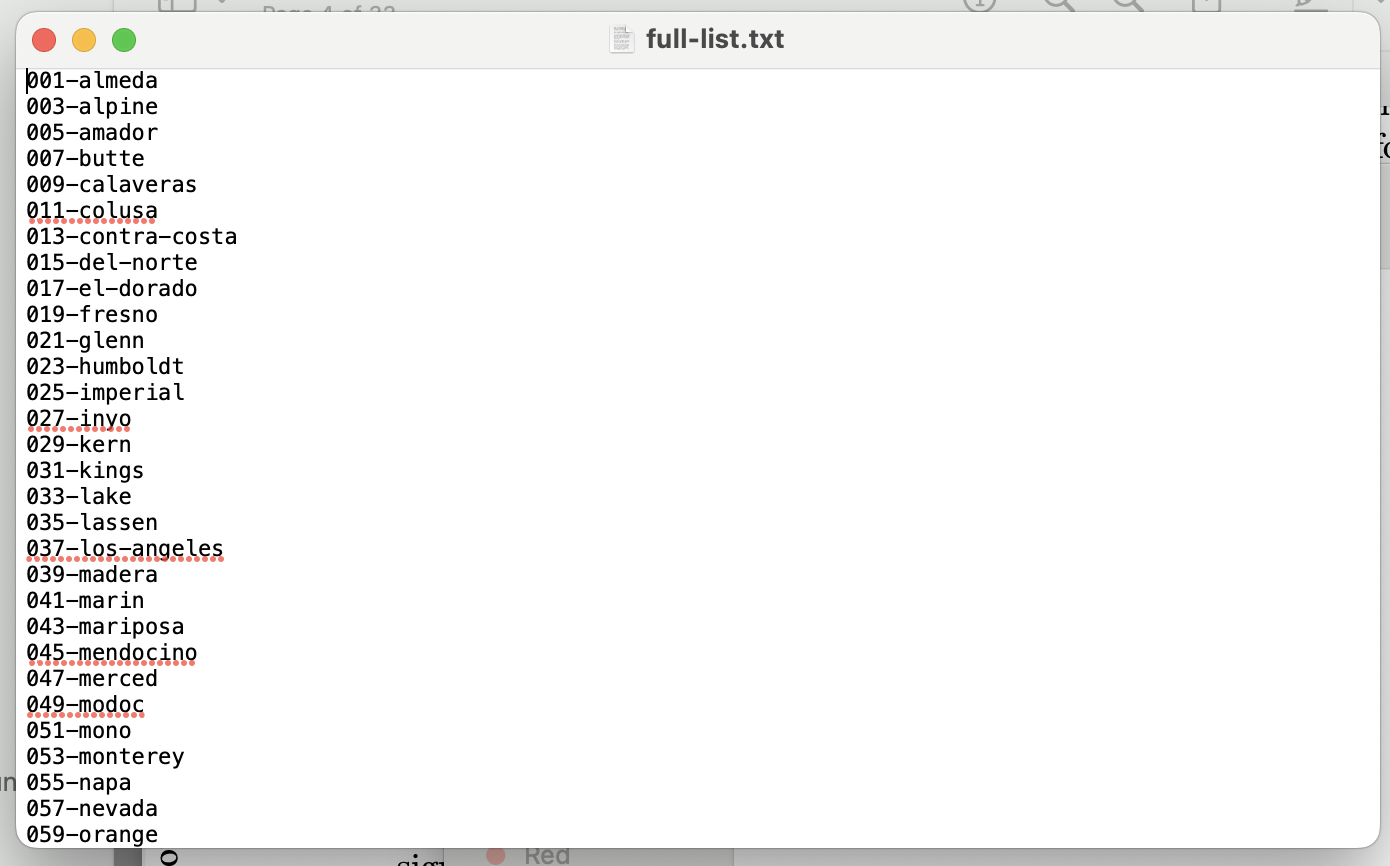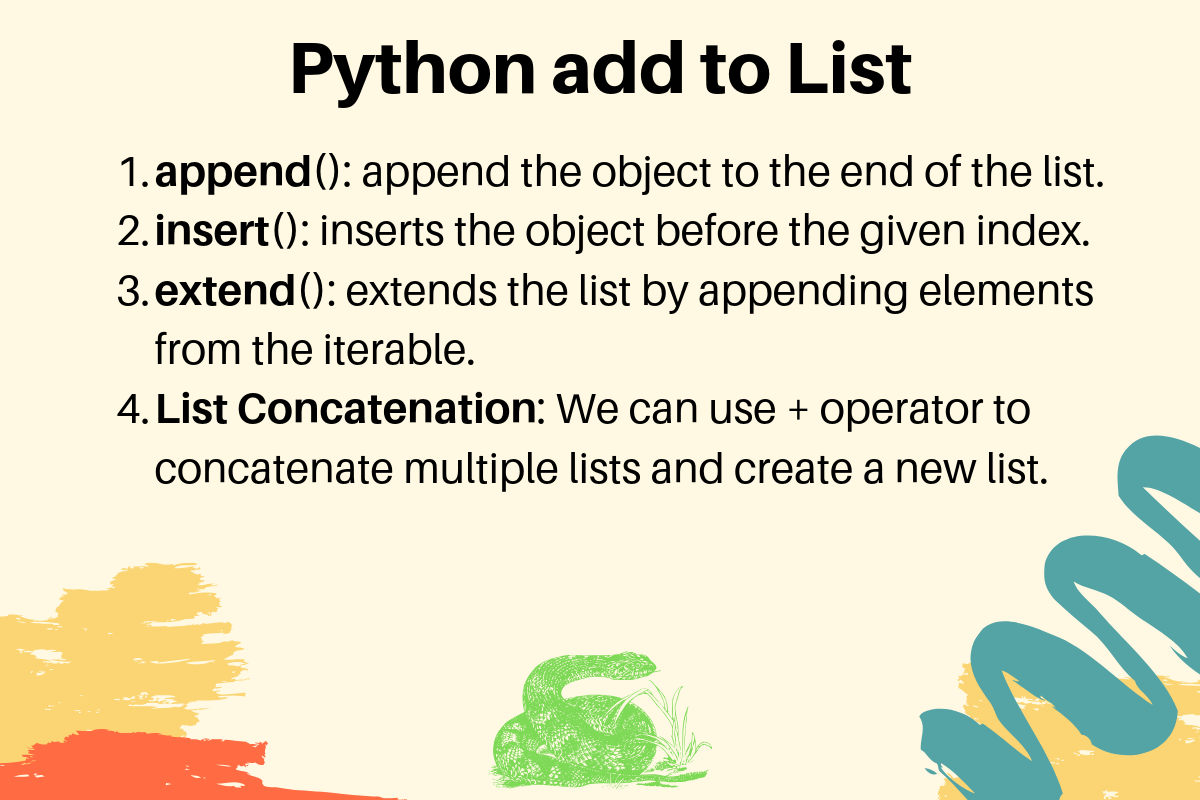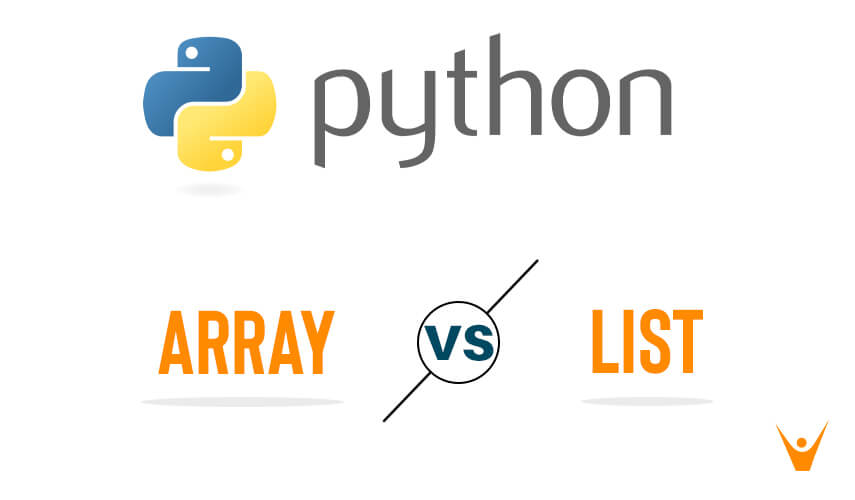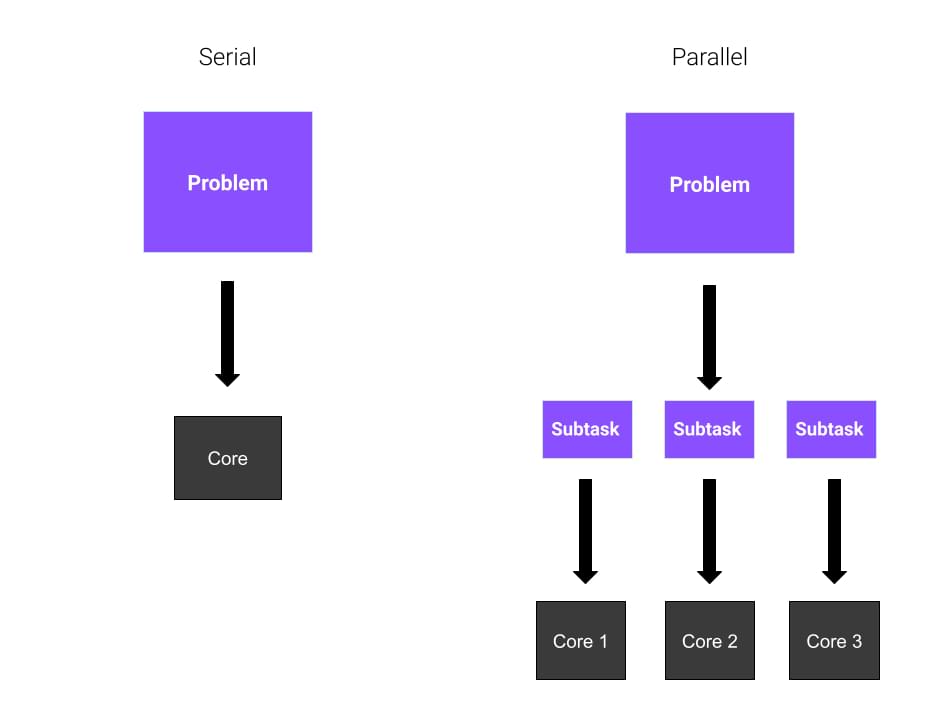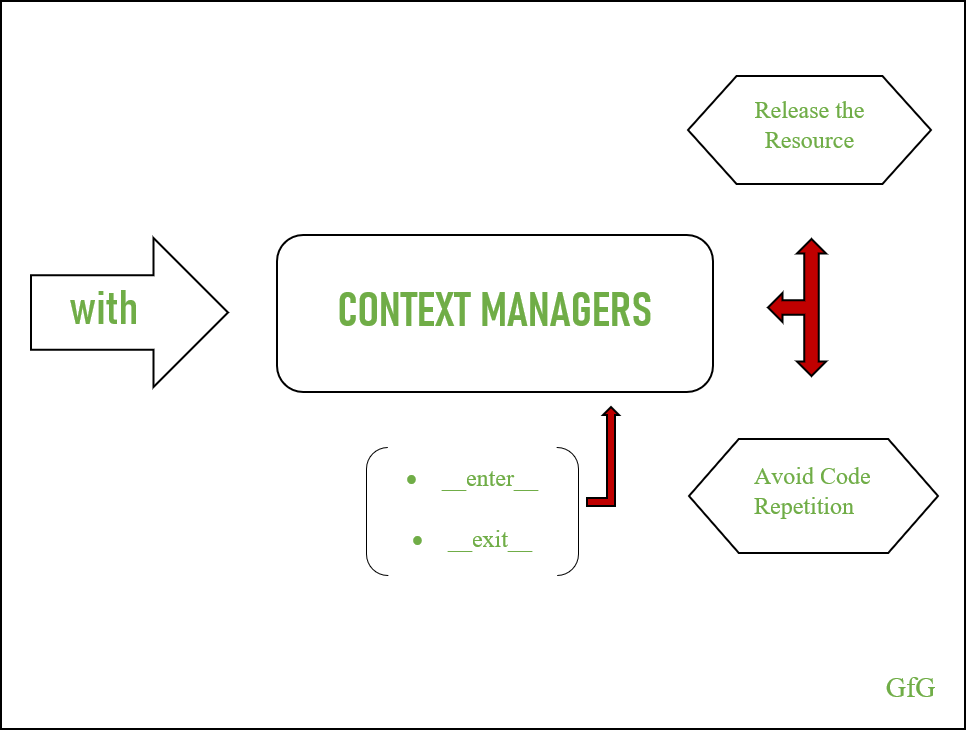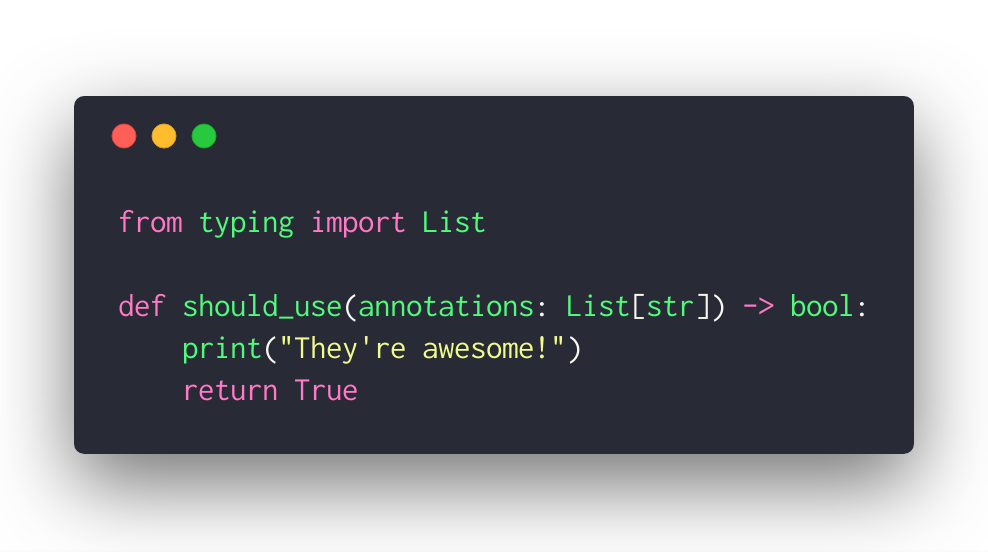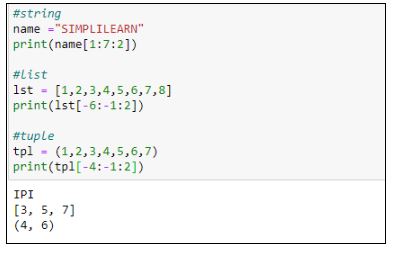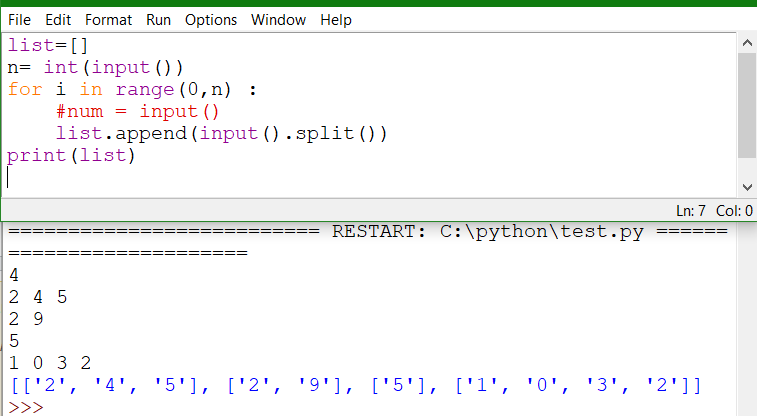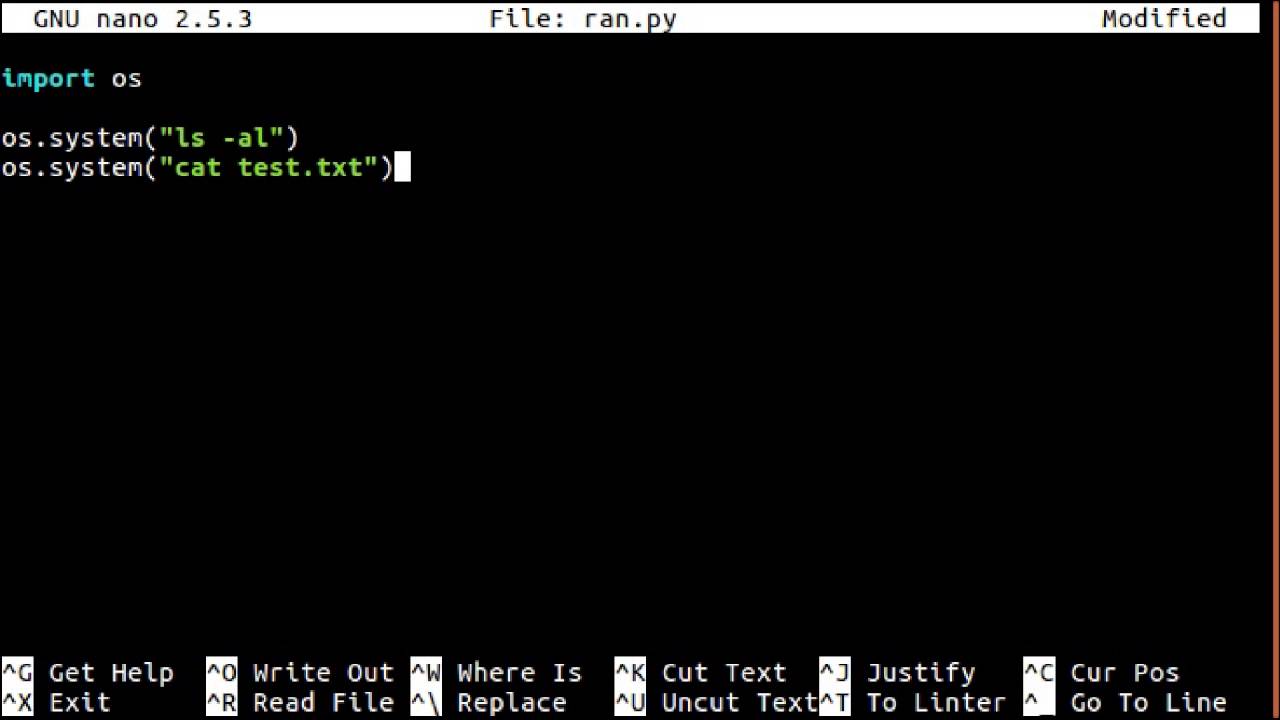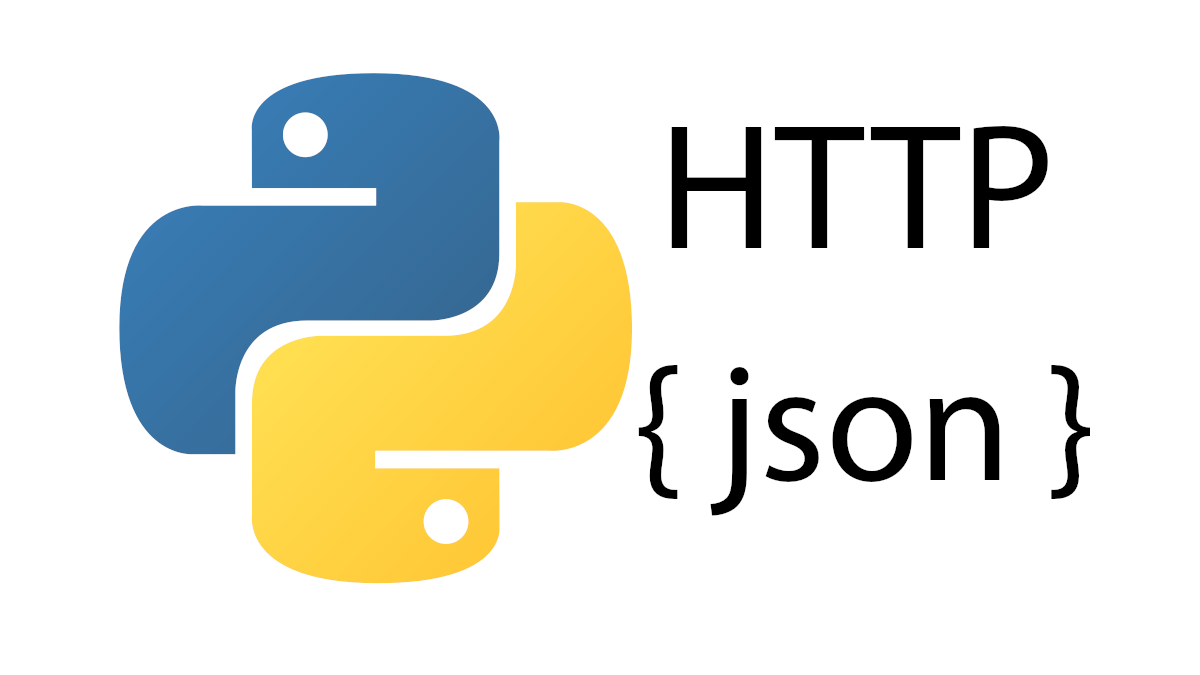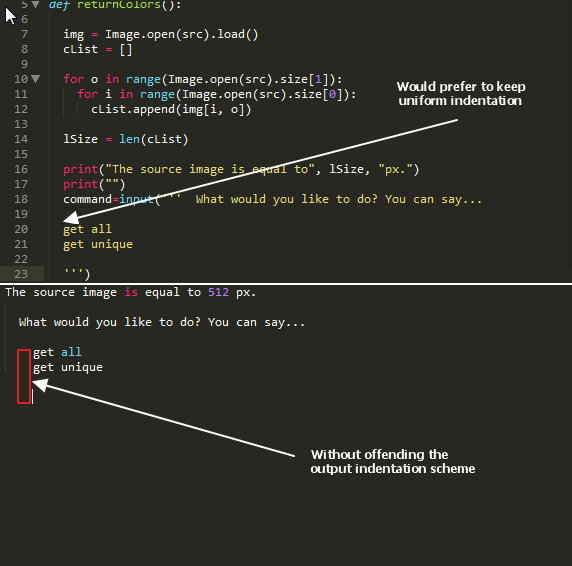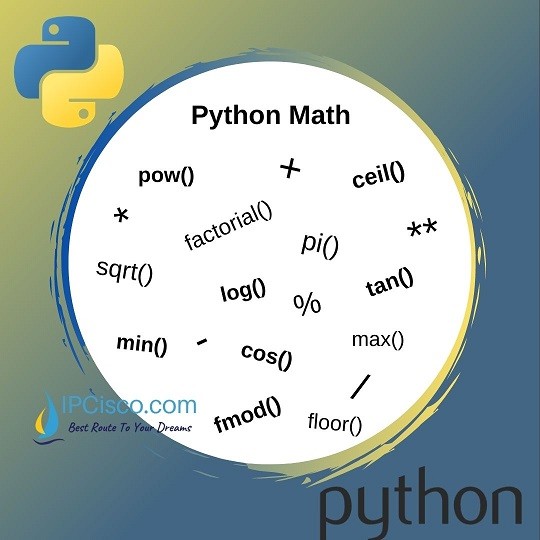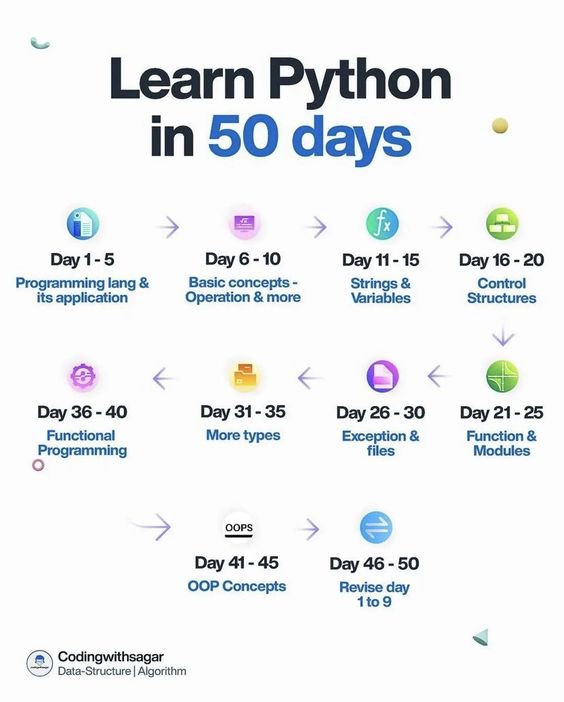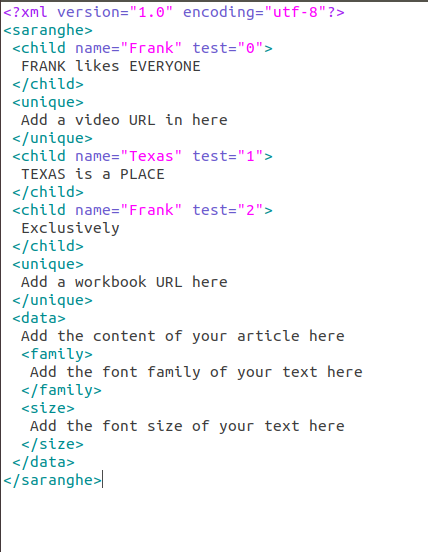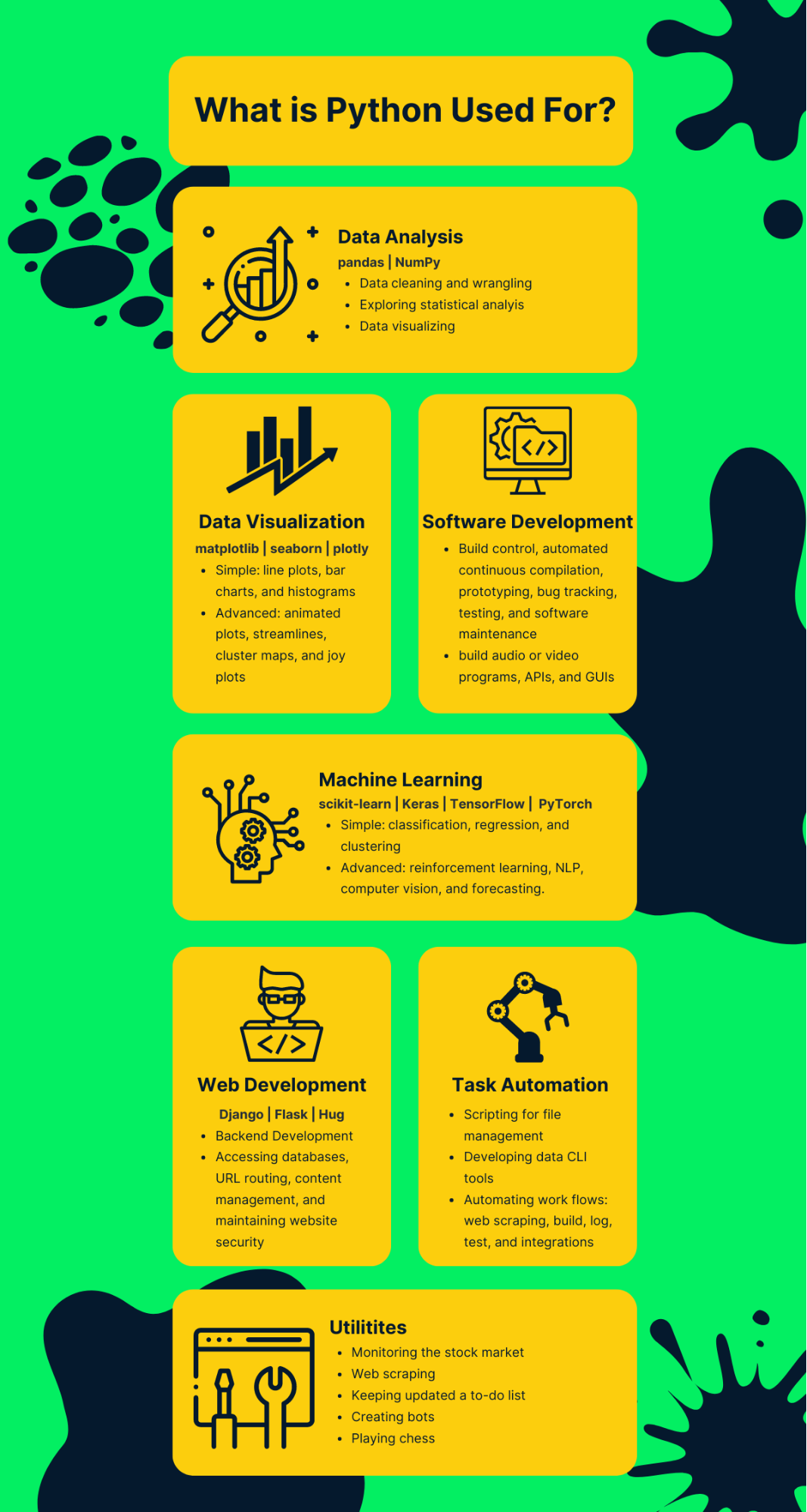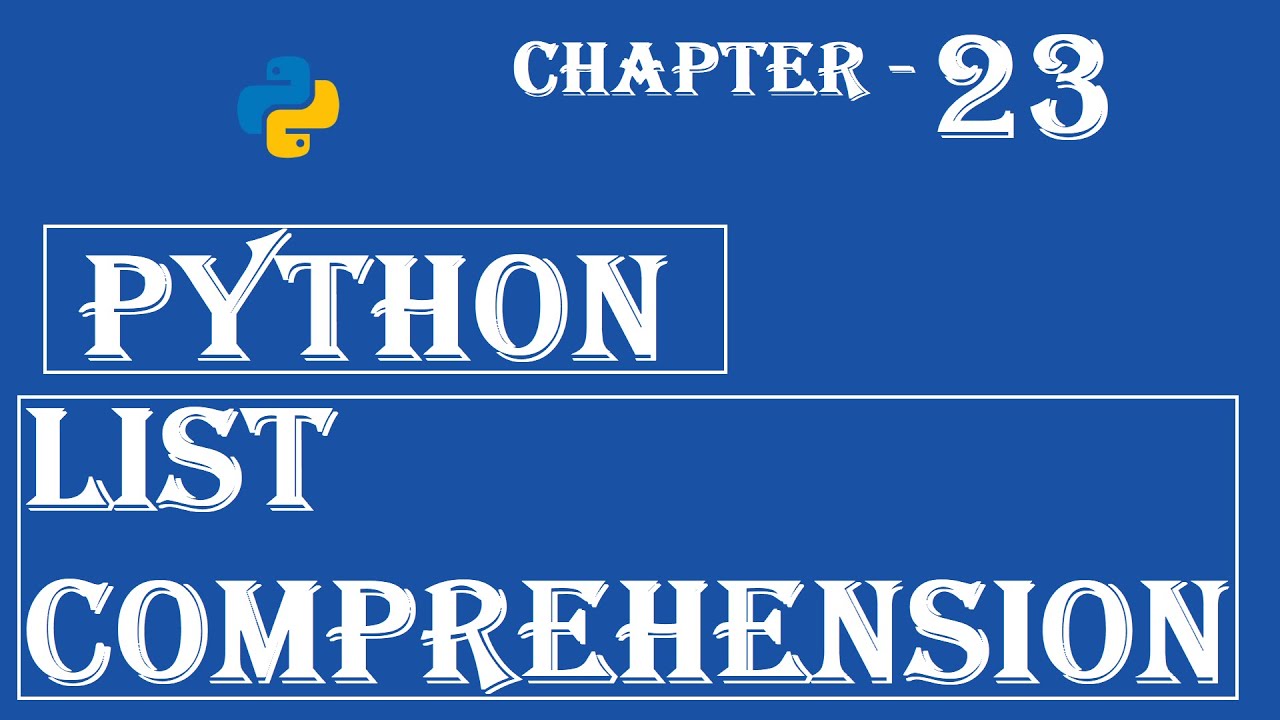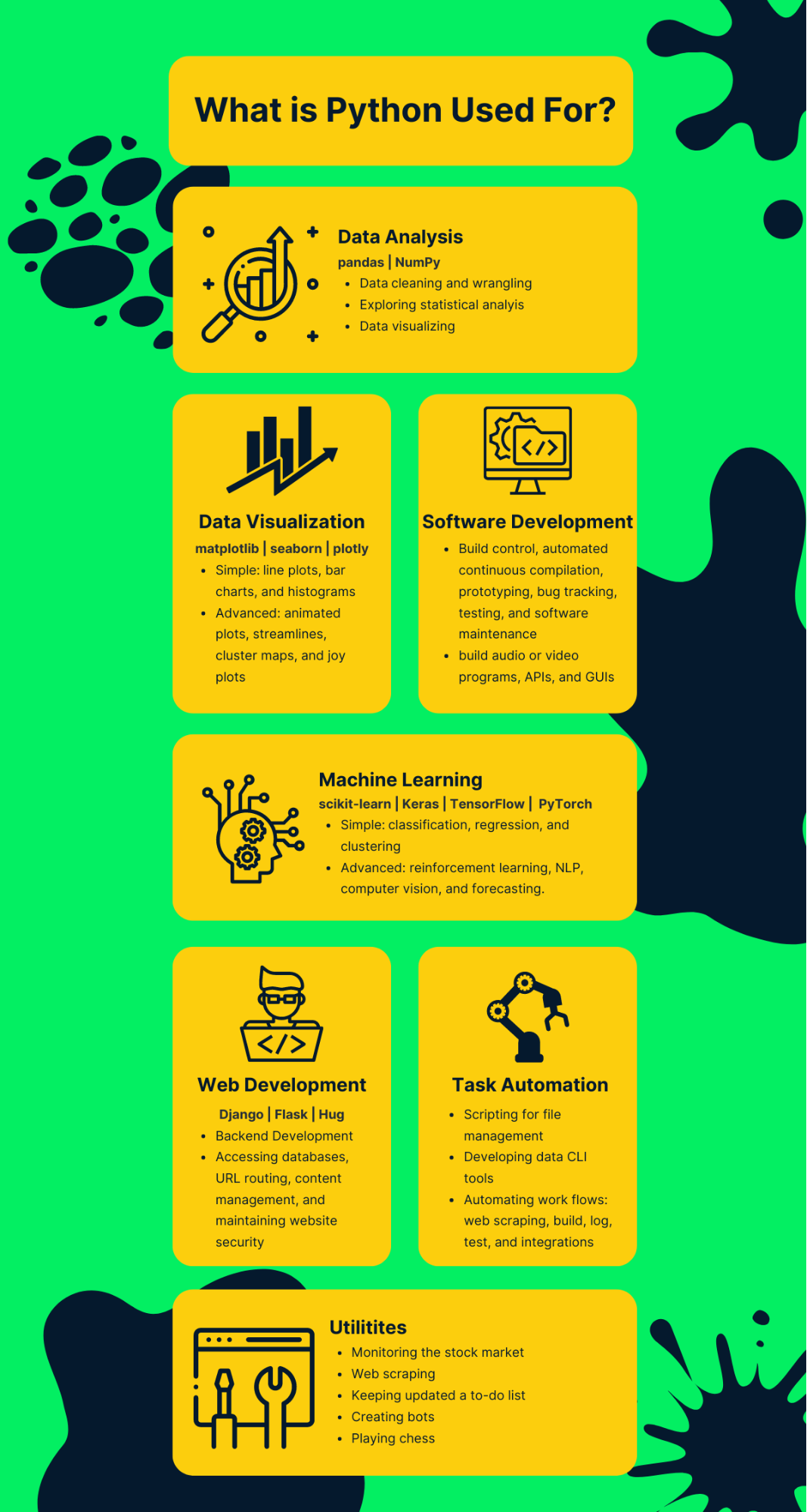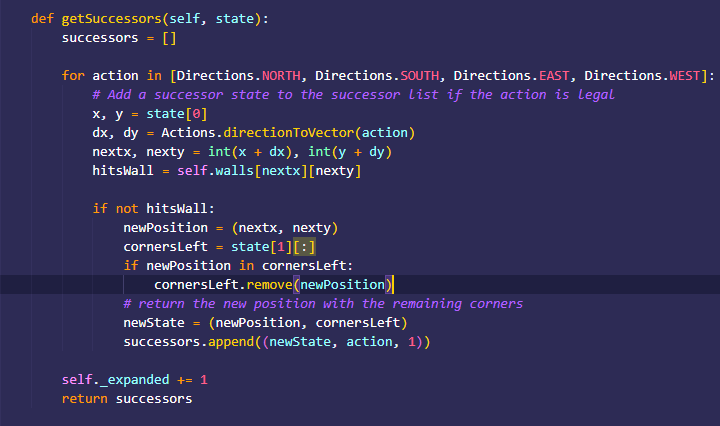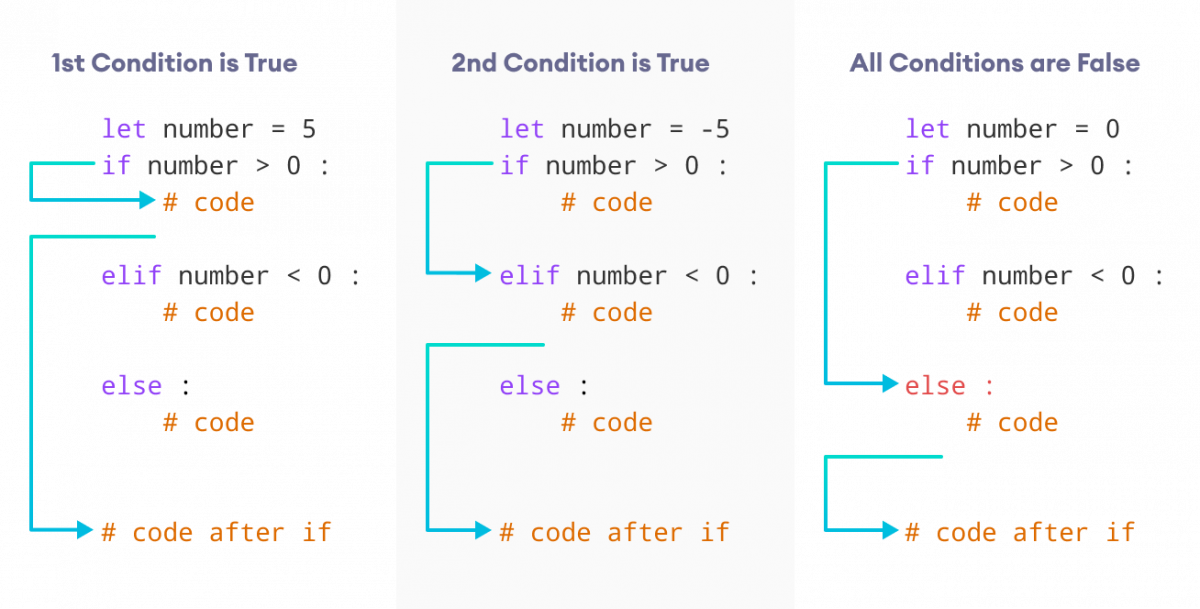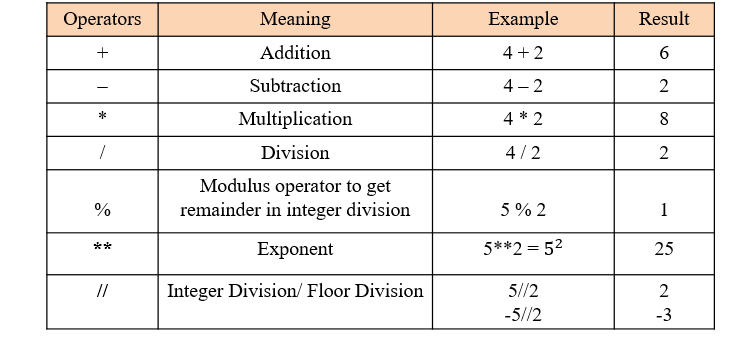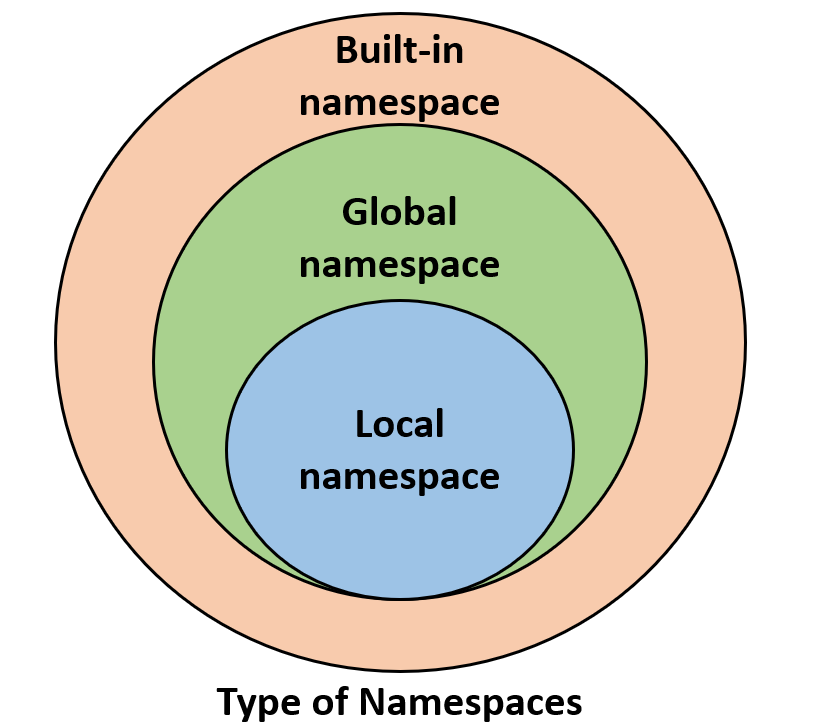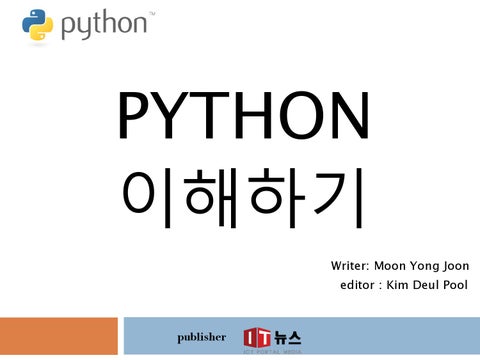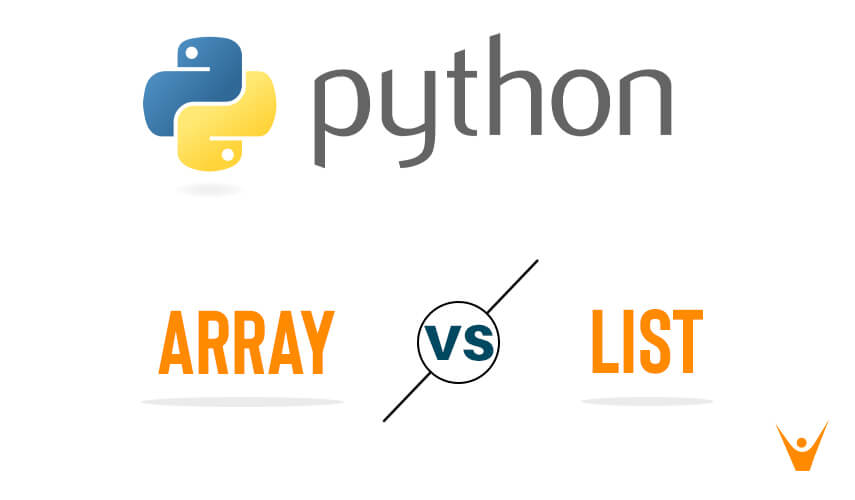Is PyTorch Python or C++?
Is PyTorch Python or C++?

I'm glad you asked! PyTorch is a machine learning library developed by Facebook's AI Research Lab (FAIR). It's primarily written in Python, with some underlying C++ code.
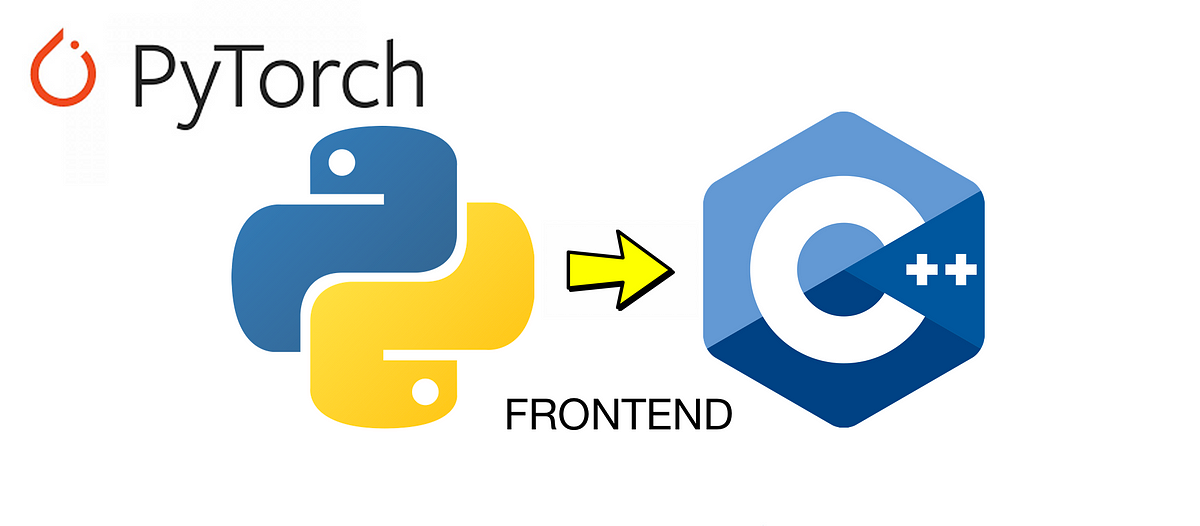
When you write PyTorch code, you're essentially writing Python code. The majority of the work you do in PyTorch, such as defining models, creating datasets, and training networks, is done using Python. You can use all your favorite Python tools and libraries, like NumPy, pandas, and scikit-learn, in conjunction with PyTorch.
However, beneath the surface, there are some key C++ components that make PyTorch work efficiently. These include:
C++-compiled kernels: PyTorch's core computational graph is implemented using C++. This means that complex mathematical operations like matrix multiplications and convolutions are executed in C++, which provides a significant performance boost. Automatic differentiation: The backpropagation algorithm used for training neural networks relies heavily on automatic differentiation, which is also implemented in C++. This allows PyTorch to efficiently compute gradients and perform optimization. Memory management: C++ is used to manage memory allocation and deallocation for the computational graph, which ensures efficient use of system resources. THIRD-PARTY libraries: Some third-party libraries like cuDNN (for GPU acceleration) and MKL (for optimized linear algebra operations) are also written in C++. These libraries provide additional performance boosts and are integrated into PyTorch using the C++ API.While you don't need to write C++ code directly with PyTorch, having a solid understanding of C++ can be beneficial for optimizing your models or developing custom extensions. If you're interested in digging deeper into the C++ side of things, you can explore PyTorch's source code, which is available on GitHub.
In summary, PyTorch is primarily written in Python, but relies on underlying C++ components to provide performance and efficiency. As a user, you don't need to write C++ code, but understanding how the C++ side of things works can be valuable for getting the most out of your PyTorch experience.
Is PyTorch written in C++ or Python?
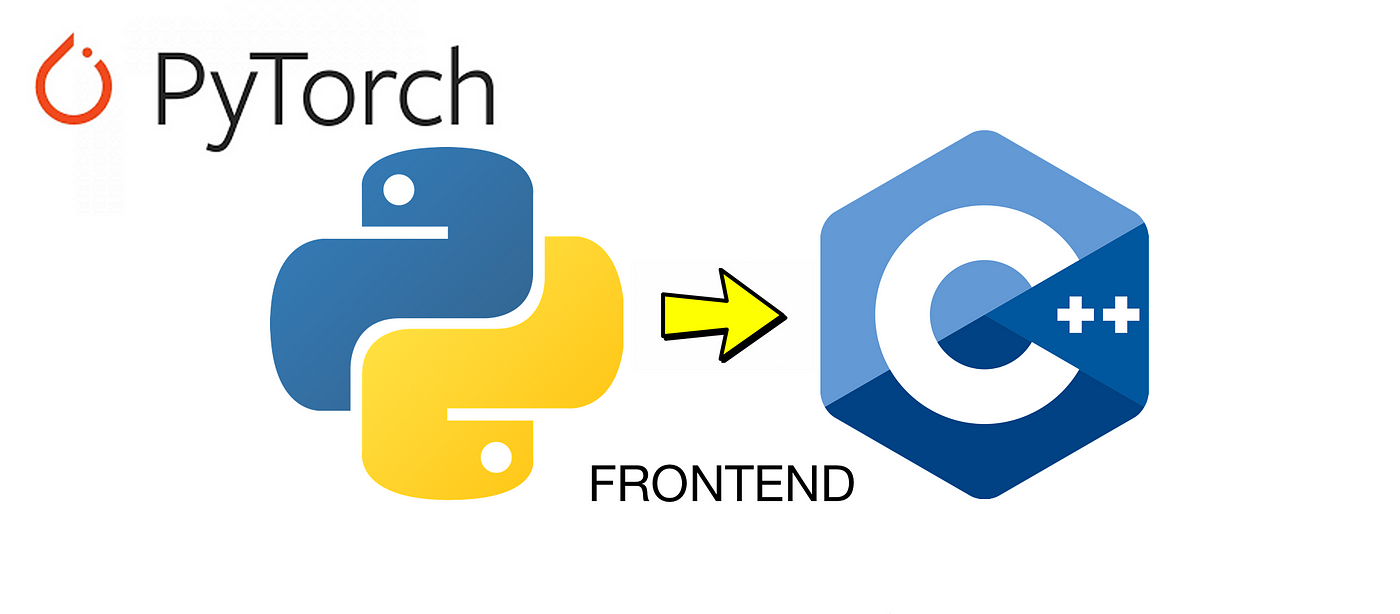
PyTorch is an open-source machine learning library developed by Facebook's AI Research Lab (FAIR). It was initially designed as a dynamic computation graph, which allows for rapid prototyping and development of deep neural networks.
Regarding the programming language used in PyTorch, the answer is: both C++ and Python!
The core components of PyTorch, such as its tensor algebra and autograd engine, are written in C++. The primary reason for this choice is that C++ provides a level of performance and memory management that allows for efficient computation. By leveraging C++, PyTorch achieves high-speed execution, which is crucial for real-world applications where processing large datasets or performing complex computations is essential.
On the other hand, Python is used as the scripting language to define neural networks, implement custom layers, and write code for training and testing models. The Python API (Application Programming Interface) provides a clean and easy-to-use interface for developers to work with PyTorch's underlying C++ engine. This allows researchers and engineers to focus on developing machine learning algorithms without worrying about the low-level implementation details.
The combination of both C++ and Python in PyTorch offers several benefits:
Performance: The use of C++ ensures that core computations are executed efficiently, allowing for fast training times and scalability. Flexibility: With Python as the scripting language, developers can easily define custom layers, implement novel neural network architectures, and write code to train and test models without requiring extensive knowledge of C++. Ease of use: The Python API provides a user-friendly interface that simplifies the development process, making it more accessible to researchers and engineers who may not be familiar with C++.In summary, PyTorch's architecture combines the strengths of both languages: C++ for high-performance computations and Python for easy-to-use scripting. This synergy enables developers to efficiently build and deploy machine learning models while minimizing the complexity and overhead associated with developing low-level implementation details.
